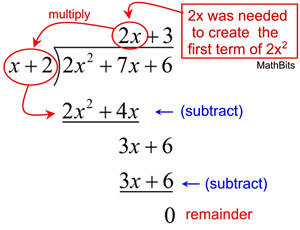Topics for Today:
Although we discussed direct variation several months ago, as we discuss related topics, I felt it was a good idea to revisit this topic. Direct variation refers to how two variables are related to each other. In algebraic terms, a function in the form of y = kx, where k ≠ 0, is a direct variation.
This function is similar to our slope-intercept form of a line (y = mx +b).
For direct variations, there is no y-intercept, and all of these functions must pass through the origin (0, 0). We are effectively dealing with part of our slope-intercept form, y = mx.
For direct variations, we use the variable "k" to represent the slope, which is also our constant of variation.
Vocabulary: direct variation, constant of variation
Sections Covered in Textbook:
5-5: Direct Variation (pages 261-266)
Resources & Tutorials:
1)
What is the formula for direct variation?
2)
What is the constant of variation?
3)
How do you use the formula for direct variation?
4)
Recording of today's lesson (see Google Classroom for password).
Assignments:
1) Lego Prices
Desmos Activity - Class Code ZJ3CXJ
2)
Direct Variation Worksheet
3) Start Working on
Exam Review









